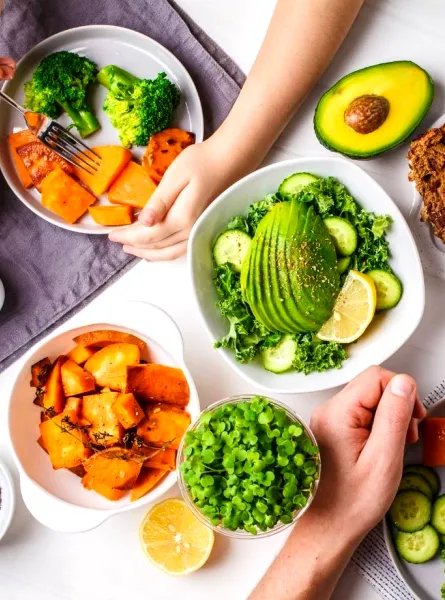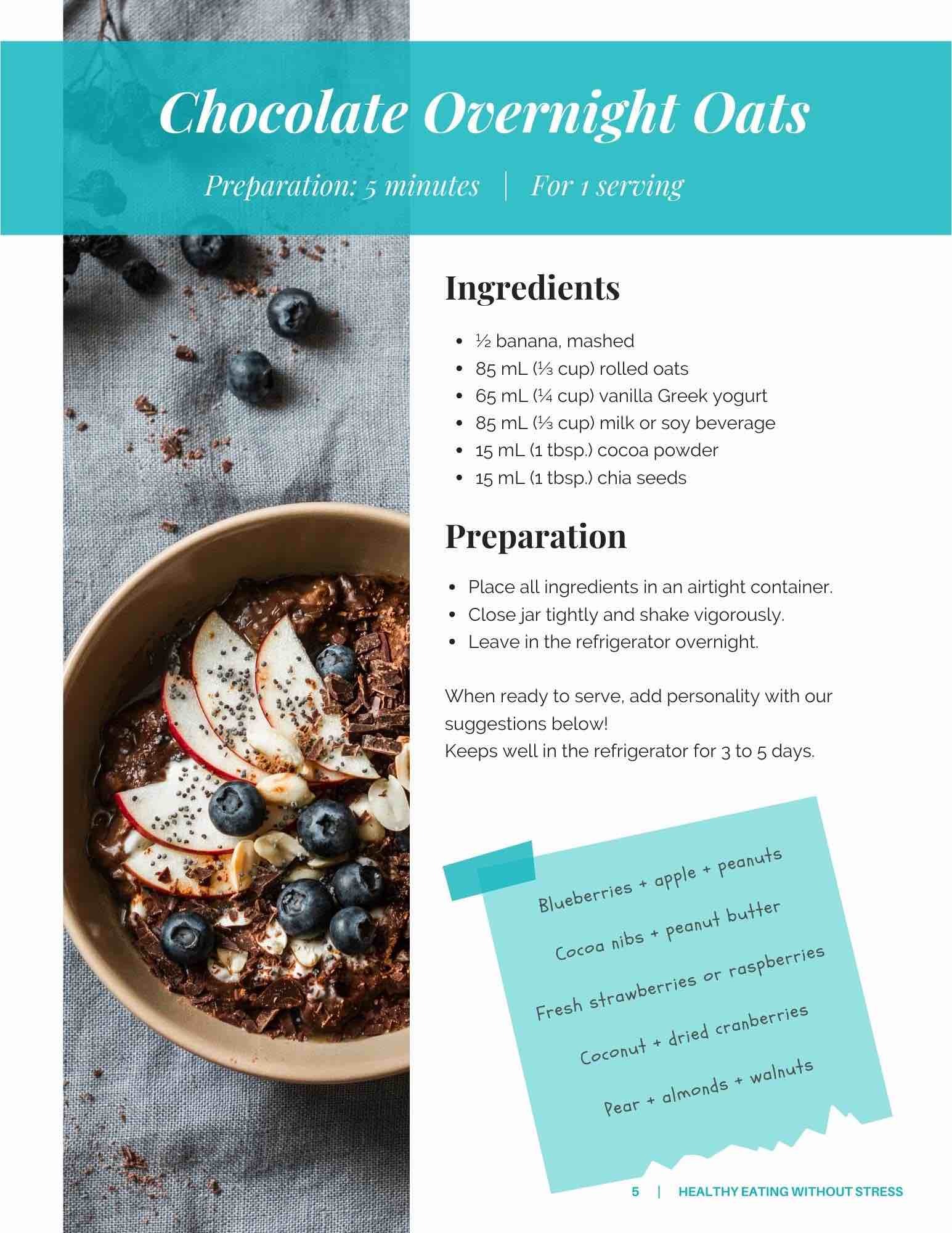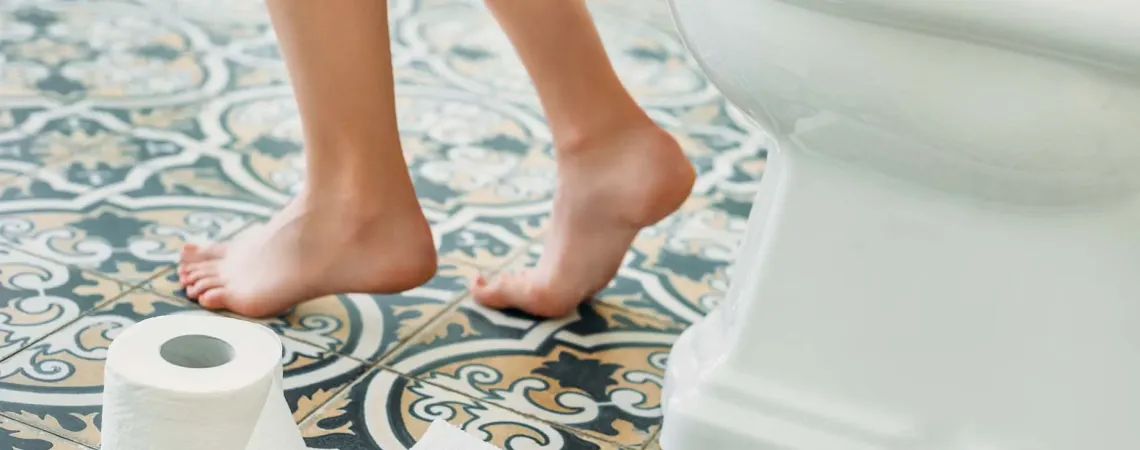
Hemorrhoids—while rarely discussed openly—are a condition that affects a significant portion of the population. Though they can be uncomfortable, there's no need to feel embarrassed: they are simply a part of life.
In this article, we’ll help you understand what causes hemorrhoids, how to recognize them, and, most importantly, what solutions can help improve your day-to-day life. With a few simple adjustments to your routine and tailored advice, you can alleviate discomfort and prevent recurrence. Let’s tackle this topic openly and take steps toward greater comfort and peace of mind.
What Are Hemorrhoids?
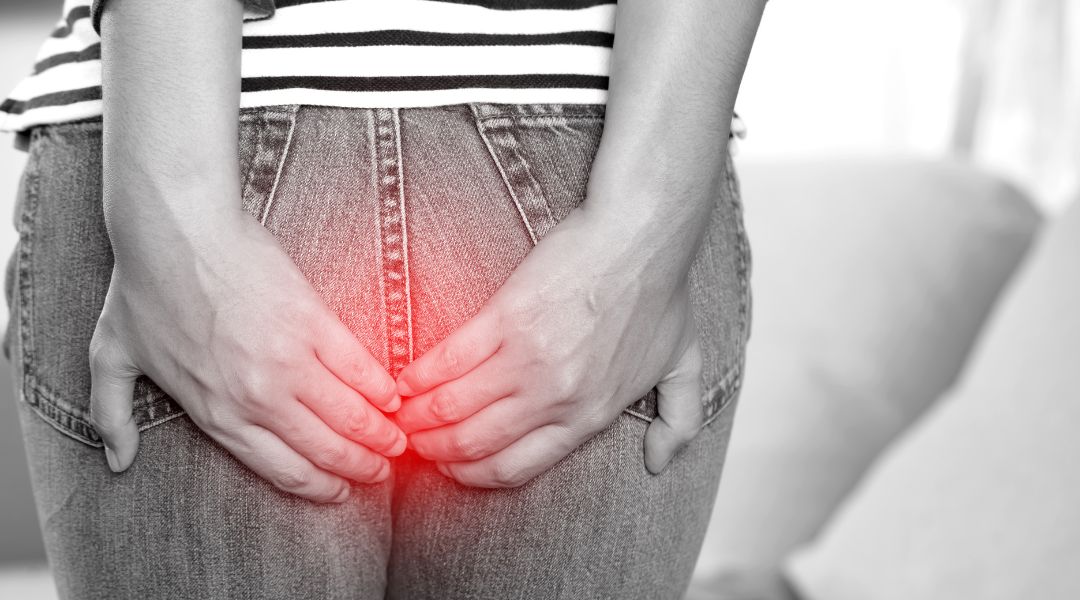
Hemorrhoids are swollen veins in the anus or rectum that can cause discomfort or pain (1). While common, they can disrupt daily life. Fortunately, with the guidance of a healthcare professional, such as a registered dietitian nutritionist, you can alleviate symptoms and adopt habits that prevent recurrence.
What Causes Hemorrhoids?

Hemorrhoids are a common condition caused by various factors. Below are the five most frequent causes (1):
1. Constipation
Straining during bowel movements increases pressure on the rectal veins, causing blood to pool and the veins to swell.
2. Low Fibre Intake
Dietary fibre is essential for maintaining regular bowel movements. A low-fibre diet can lead to harder stools, requiring more effort to pass, which increases pressure on the rectal veins.
3. Prolonged Sitting
Sitting for extended periods, whether at work or home, increases pressure on the anus. This can result in blood pooling in the blood vessels in the area.
4. Pregnancy
During pregnancy, the expanding uterus puts additional pressure on blood vessels near the rectum. This is a common cause of hemorrhoids in pregnant women.
5. Obesity
Excess weight adds pressure to the abdominal area, contributing to hemorrhoid development. Obesity is often associated with low dietary fibre intake and a sedentary lifestyle, both of which exacerbate the condition (3-5).
Types of Hemorrhoids
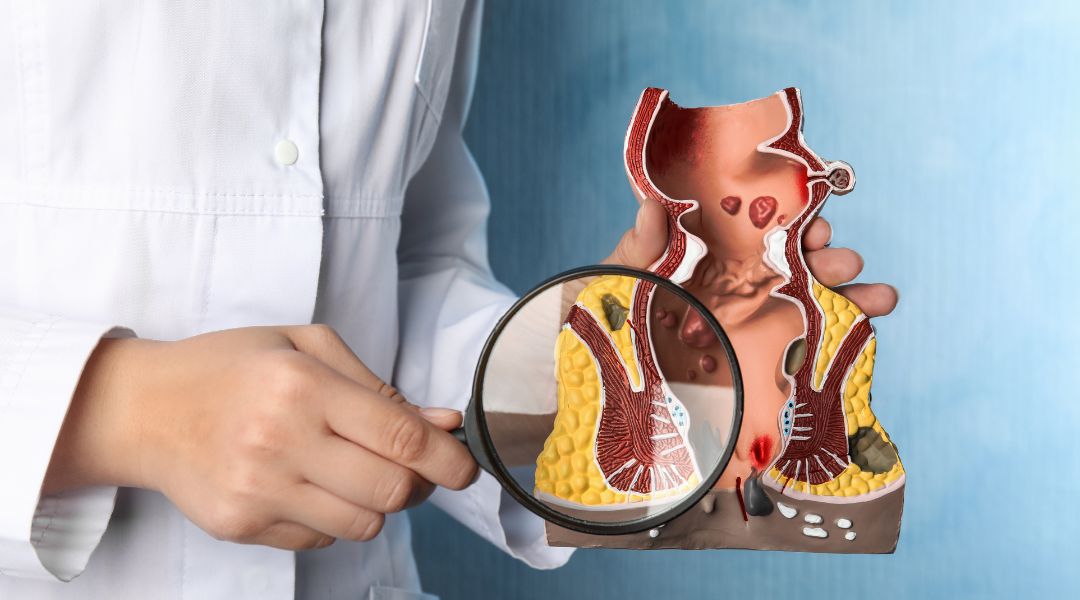
There are two primary types of hemorrhoids, each with distinct characteristics and symptoms:
1. External Hemorrhoids
These form under the skin around the anus and may cause:
- Itching and irritation.
- Pain and discomfort.
- Swelling and inflammation.
- Bleeding.
In some cases, external hemorrhoids may thrombose (form a blood clot), causing severe pain and a firm lump near the anus.
2. Internal Hemorrhoids
Located inside the rectum, internal hemorrhoids are often painless but can cause:
- Painless bleeding, visible on toilet paper or in stool.
When internal hemorrhoids prolapse (protrude through the anus), they may lead to:
- Irritation.
- Increased pain.
- Visible swelling.
Treating and Preventing Hemorrhoids: Where to Start
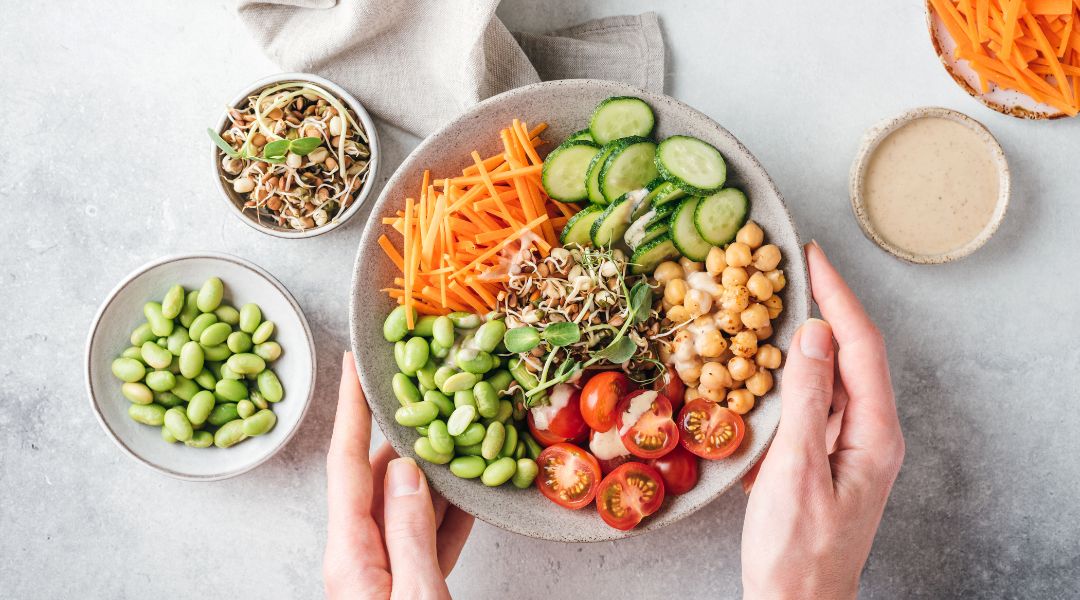
Managing hemorrhoids involves focusing on two key areas: diet and lifestyle.
1. Diet: A Key Element in Prevention
A balanced diet plays a central role in preventing and managing hemorrhoids.
1.1 Increase Your Fibre Intake
Fibre is crucial for maintaining regular bowel movements and preventing constipation, a major factor in hemorrhoid development (1). Here’s how to include more fibre in your diet:
- Add seeds to meals: Sprinkle chia or ground flaxseeds on yogurt, smoothies, or salads for a fibre boost without altering taste.
- Incorporate legumes: Replace some meat with black beans in soups, stews, or salads.
- Choose high-fibre snacks: Opt for air-popped popcorn, fresh fruits like apples or pears with the skin, or dried fruits such as apricots.
- Cook fibre-rich meals: Try recipes like chia pudding, lentil soup, or quinoa salad.
- Use fibre-rich flours: Substitute a portion of white flour with oat or whole wheat flour in baking. Replace ¼ cup of flour with bran for added fibre.
- Add fibre-rich vegetables: Include options like broccoli, Brussels sprouts, or artichokes in your meals for added nutrients and fibre.
If you’re unsure where to begin, a dietitian can tailor these tips to your preferences and lifestyle!
1.2 Stay Hydrated
Proper hydration is essential for smooth digestion and to prevent hard stools (1). Here are some tips to drink more water:
- Keep a water bottle with you at all times.
- Infuse water with natural flavours like lemon, berries, or mint.
- Incorporate water-rich foods, such as cucumbers, melons, or soups, into your diet.
For more tips, check out our article: Dietitian Tips for Drinking More Water Each Day.
2. Lifestyle: Stay Active and Avoid Sedentary Habits
Adopting an active lifestyle reduces pressure on rectal veins and helps prevent hemorrhoids (1, 3). Here are some practical tips:
- Set reminders: Use alarms or apps to stand, stretch, or change positions regularly, especially if you sit for long periods.
- Adjust your workspace: Use an adjustable desk to alternate between sitting and standing, promoting better circulation.
- Make movement enjoyable: Go for a walk with a podcast or dance to your favourite songs.
For more inspiration on incorporating movement into your day, read our article: How to Stay Active Without Traditional Workouts.
Get Relief with Personalized Support from a Registered Dietitian

Partner with our registered dietitians to improve your daily life and achieve lasting relief.
Benefits of working our dietitians and nutritionists:
- Lasting relief: Alleviate discomfort and enhance your quality of life with tailored advice.
- Customized strategies: Receive a personalized meal plan and tools to manage your condition and prevent recurrence.
- Peace of mind: Gain practical and realistic recommendations for adopting new habits without added stress.
Book an appointment with a dietitian nutritionist today and start experiencing the benefits of a more comfortable, balanced daily routine supported by expert care.
References
- Fondation Canadien de la Santé Digestive. (n.d). Les hémorroïdes. CDHF. https://cdhf.ca/fr/digestive-conditions/hemorroids/
- Abramowitz, L., Godeberge, P., Staumont, G., Soudan, G. (2001). Recommandations pour la Pratique Clinique sur le traitement de la maladie hémorroïdaire. Société Nationale Française de Colo-Proctologie. https://www.snfcp.org/wp-content/uploads/2017/Recommandations/RPC-maladie-h%C3%A9morro%C3%AFdaire.pdf
- Sailer, J. (2010). Obesity and Hemorrhoids. Obesity Action Coalition, OAC. https://www.obesityaction.org/resources/obesity-and-hemorrhoids/
- Organisation mondiale de la Santé, OMS. (2024, March). Principaux repères sur l’obésité et le surpoids. https://www.who.int/fr/news-room/fact-sheets/detail/obesity-and-overweight#:~:text=L'ob%C3%A9sit%C3%A9%20est%20une%20maladie,le%20risque%20de%20certains%20cancers.




